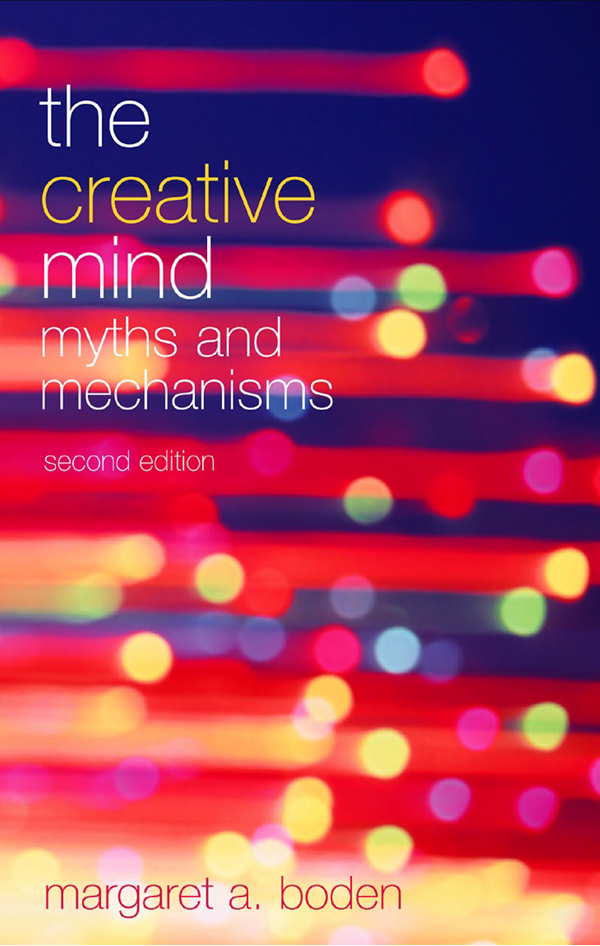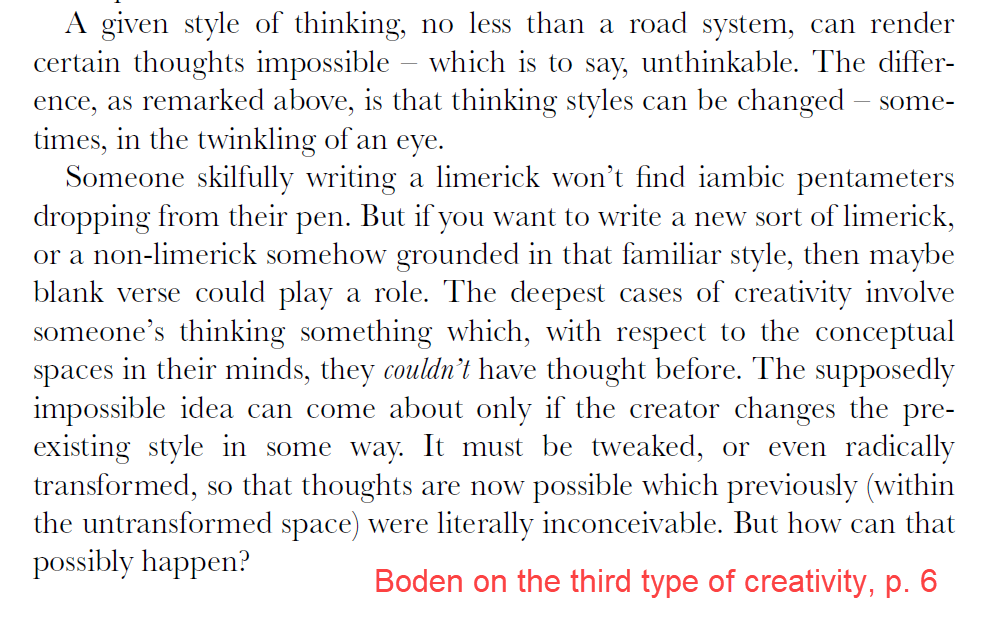Citation: “Theses on Large Language Models and ‘Good’ Writing” Alan Liu, 4 December 2022. doi:
The following was originally posted on Mastodon on December 3, 2022, in a series of eight posts (beginning at https://fosstodon.org/@ayliu/109451839640202878). In assembling the thread together here I have added a few links.
4 December 2022
1/8 As an English professor working in the digital humanities, my takeaway from ChatGPT (& large-language-model discourse generators in general) is that society will soon need to decide which values associated with “good” writing can and will be offloaded to LLMs so that the value added by humans can be shifted to a smaller or restructured spectrum of the functions of “good” writing for which humans can be recognized, rewarded, and held responsible.
2/8 The values associated with good writing since the advent of writing and then print have included, from early to late modernity: imitativeness, traditionality, authority, eloquence (rhetorical, stylistic, and/or aesthetic effectiveness), originality (creativity), informativeness, & speaking truth to power. Just as societies offloaded much of the memory and tradition functions from orality to writing, so they will now likely offload some of the valued functions of writing to LLMs.
3/8 It’s a good bet that we’re not going to continue certifying & rewarding humans (e.g., students) in the same way for writing in ways that represent (through imitation, tradition, etc.) mainstream writing & thought, which LLMs can effectively render. The value of “good” writing for which humans can be rewarded & held responsible will need to be concentrated in functions that produce such values as creativity, authority, & speaking truth to power.
4/8 Re: creativity, for example — this is the time to return to important works like Margaret A. Boden’s The Creative Mind: Myths and Mechanisms (2nd ed., 2004) and other thought and research on “creativity” and its possibly changed nature in relation to machine learning. (Boden’s book takes as one of its main examples Harold Cohen’s celebrated “Aaron” art-creating program and how or if such creatures can be creative.) [Several full PDFs of Boden are online.]
5/8 I find especially compelling in our ChatGPT age the implications of Boden’s discussion of what she defines as three kinds of creativity in her “In a Nutshell” chapter (excerpted here).
6/8 Boden’s 3 creativities: (1) “making unfamiliar combinations of familiar ideas” (2) exploratory creativity” in a defined area (“We can compare this with driving into the country…. [S]uppose … you drive off onto a smaller road.”) (3) “transforming the space” (“building a new road (a new technique, leading to new possibilities).” “The deepest cases of creativity involve someone’s thinking something which, with respect to the conceptual spaces in their minds, they couldn’t have thought before.”
7/8 Our notions of creativity will change because LLMs will swallow up type 1. The 2nd “exploratory” type will partner LLMs with humans. (This is what we are all doing now with ChatGPT: driving down roads to see what’s in the territory, meaning the corpus of texts at the foundation of probabilistic discourse.) That leaves the question: what will be the 3rd type of creativity in the age of LLMs? How will it appear in good writing? And how do we educate, reward, & hold humans responsible for it?
8/8 The latter issue of responsibility verges into the area of authority (trust, truth, etc.). P.S. Some years ago before LLMs, I published a piece about creativity & what might be considered the smallest possible LLM: a bunch of rat neurons in a petri dish “creating” art: Alan Liu, “Thinking Destruction: Creativity, Rational Choice, Emergence, and Destruction Theory,” Occasion 1:1 (2009).


